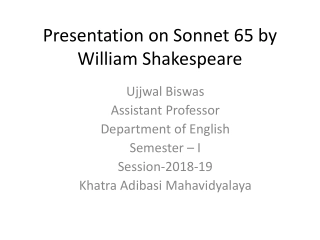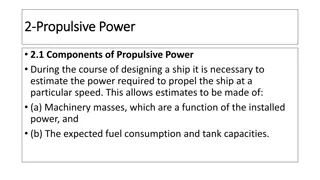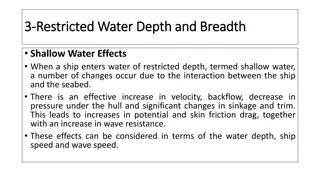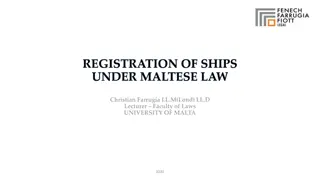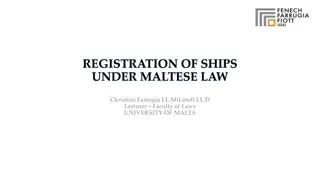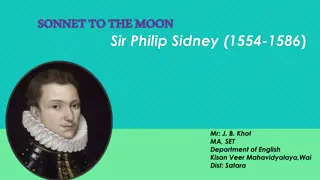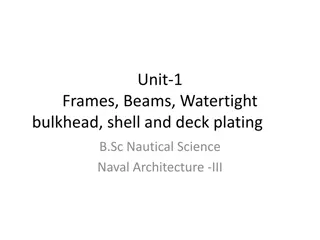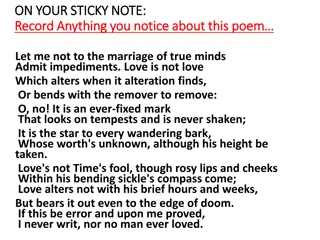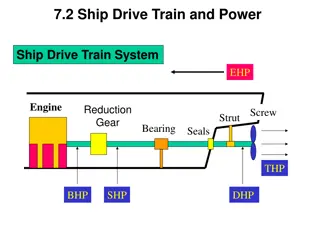Analysis of Spenser's Sonnet 34: "Like as a Ship" from Amoretti
Spenser's Sonnet 34 from Amoretti depicts a ship lost at sea as an analogy for the poet's estrangement from his wife, Elizabeth. Through vivid imagery and alliteration, Spenser conveys the despair of being adrift without his guiding light. The poem reflects themes of longing, forgiveness, and hope for reconciliation in the face of turmoil and separation.
Download Presentation

Please find below an Image/Link to download the presentation.
The content on the website is provided AS IS for your information and personal use only. It may not be sold, licensed, or shared on other websites without obtaining consent from the author.If you encounter any issues during the download, it is possible that the publisher has removed the file from their server.
You are allowed to download the files provided on this website for personal or commercial use, subject to the condition that they are used lawfully. All files are the property of their respective owners.
The content on the website is provided AS IS for your information and personal use only. It may not be sold, licensed, or shared on other websites without obtaining consent from the author.
E N D
Presentation Transcript
Spensers Like as a Ship It is an adaptation of Petrarch s Rima 189, becomes sonnet 34 of Spenser s Amoretti ( a collection of poems written after his marriage to his second wife , Elizabeth Bolye at the age of 56).
Spensers Like as a Ship It chronicles his courtship with his wife , Elizabeth . While Petrarch wrote his sonnets about women he was never able to obtain, Spenser wrote about a single woman he did marry. Sonnet 34 , appears to describe a break in his relationship with his wife and how he is left astray waiting for her forgiveness. Spenser uses the analogy of a ship losing its way, during a storm , to convey the separation between him and his wife.
L 1-4 A ship travelling through a large ocean , with no land in sight , uses the stars to guide her (personification ) , but when the clouds block the star s light , the ship will be left astray. We learn that the thing , being compared to the ship , is the speaker ( the poet ). The ship , we are told , had been guided by a star until a storm ( argument ) developed. , blocking the ship s view of the star and leading the ship to wander far astray. To the speaker , she is the lodestar of his life , the fixed point by which the speaker is able to make sense of purpose in life. Astrology plays a big part in the poem and in navigation. The brightest star is the North star ; however , the poet is not referring to that star in this poem . Instead, he is referring to Ursa Major ( Great Bear ) stormy
L 5- 8 Now, he wanders around in darkness because his guiding light has been concealed by the dark clouds of the storm. Without her light , he is left vulnerable to the hidden changes round him . The storm has left the poet without his beloved to him. He misses her bright ray , personality , or soul . He is consumed with sadness that he has lost his way , and is left defenseless. guide
L 9-12 Still, he hopes that when the storm passes , his beloved s light will shine on him again and guide him back to the port so that they could be together once again . He calls her Helice , also known as Callisto , a wood nymph turned into Ursa Major ( Myth).
L 13-14 These last two lines are known as the rhyming couplet , which sums up the entire poem in as few words as possible. Spenser is telling his beloved that until she forgives him , he will wander aimlessly all alone with sorrowful thoughts.
The Use of Alliteration It gives lift and deflation which is in harmony with the poet s mood. At first , when the poet talks about feeling like a ship in a storm , he uses : darkness dismay , perils . Placed . The repetition of the consonants creates a deflating sound like an air escaping from a balloon which is suggestive of the poet s depression. At the turn of the poem , the alliteration changes to a repeated \l\ in lovely , light , clear , cloudy , careful , comfortless which suggests the poet s feeling of love and creates a sense of lightness and love . In the final couplet , the repetition of \s\ suggests a subtle sense of deflation which once again shows the poet s current sad mood.


